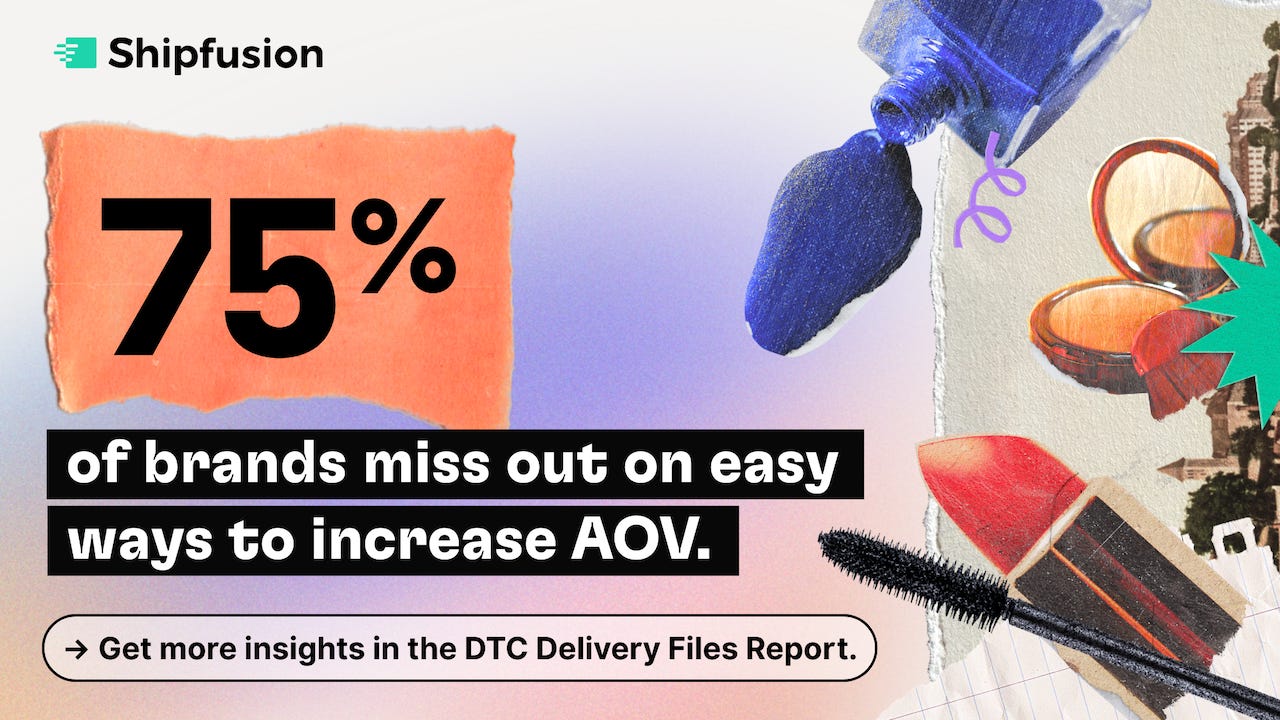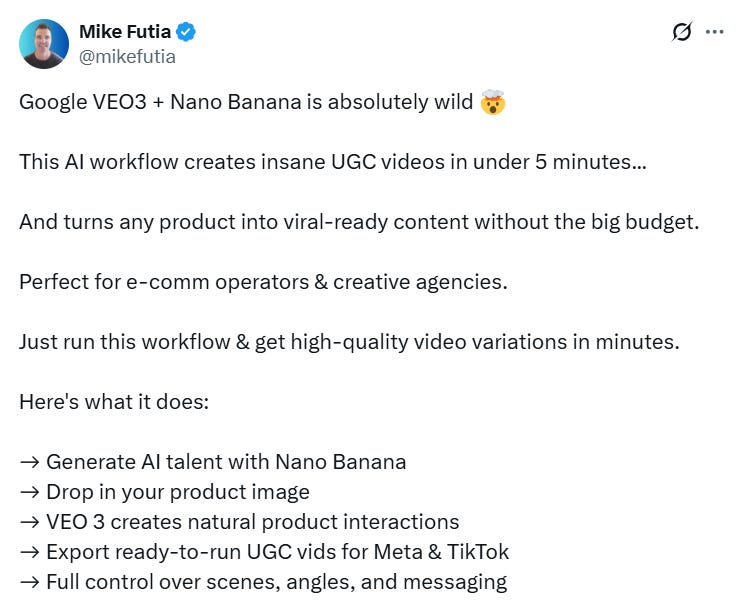The Silent Cashflow Leak
🚨Strong CTRs mean nothing if payback lags, Snapchat reveals where consumers actually embrace AI ads, and more!
Howdy Readers 🥰
In this newsletter, you’ll find:
🚨 The Silent Cashflow Leak
🤖 Snapchat Study Shows How Consumers Really Feel About AI Ads
🚀Tweet of the Day
If you’re new to Buyology then a hearty welcome to you, You’ve reached the right place alongside 50k+ amazing people, Before you forget, if someone forwarded this newsletter to you, don't forget to subscribe to our newsletter so you never miss out!
🚨 The Silent Cashflow Leak
At scale, your biggest threat isn’t bad ads. It’s delayed payback on good ones.
An ad with strong CTR and decent ROAS can still wreck your margin if the cash returns lag too far behind spend velocity. And when you’re spending thousands a day, even a 2–3 day float mismatch turns into a silent capital bleed. This is what elite operators call the Float Trap, when high-performing campaigns outpace your ability to recover spend in time.
It’s not about profitability. It’s about timing.
Why ‘Time-to-Recover’ Beats ROAS in the Real World
Let’s say you’re running $20K/day with a 2.5x ROAS. Looks great on paper. But if the bulk of those purchases convert 5–7 days post-click and your card bill lands in 3? You’re financing growth with your own blood.
What matters isn’t just how much you earn. It’s when you get it back.
This is where most operators miss the mark: they treat ad performance as a static snapshot (CTR, ROAS, MER) instead of a temporal flow of spend and recovery. That’s how scaling turns into slow suffocation, especially in Q4 or high-burn promo cycles.
Introducing Float Velocity Tracking
To avoid this, you need to build what we call a Float Velocity Model:
Start with your daily spend per ad/cohort
Track how long it takes to recover that spend in real cash-in
Flag any ad or campaign where float recovery extends beyond your float capacity threshold
In simpler terms: if your card clears in 3 days, and your ad takes 6 days to pay back its CPC, that’s a float liability.
You’re not scaling, you’re leaking.
🧠 Use Madgicx’s AI Marketer to audit performance trends and flag spend-heavy campaigns before they drain your cash flow. You can start your free 7-day Madgicx trial here.
Final Insight
The best ads aren’t just profitable, they’re timely. Float-smart brands scale within their recovery curve, not outside of it. Because in DTC, the difference between cash-rich and cash-strapped isn’t ROAS, it’s recovery velocity.
Together with Shipfusion
Churn Doesn’t Start Months Later. It Starts Right After Checkout
Acquisition gets all the attention. But the real story of churn is written in what happens immediately after “buy now.”
Shipfusion ordered from 110 beauty brands to track every step of that stretch. Cosmetics were just the test case. The same cracks show up in apparel, wellness, pet care and every category.
Here’s what broke loyalty long before the second order:
❌ Only 31% offered free returns, while nearly half billed shoppers and 9% blocked returns completely.
💔 A third of shipments arrived damaged, with over 10% beyond use.
⬆️ 3 out of 4 brands missed upsell flows at peak intent.
🤔 Almost 90% excluded samples, leaving customers without a reason to reorder.
This ebook breaks down where brands failed, what top performers did differently, and actionable ways to close these gaps before churn compounds.
Download the report today and turn every order into a repeat sale!
🤖 Snapchat Study Shows How Consumers Really Feel About AI Ads
Snapchat partnered with Eye Square and PMG, surveying 14,800 consumers across 7 global markets, to measure acceptance and impact of GenAI-powered ads. The findings highlight not only what works, but also where AI still makes audiences uneasy.
The Breakdown:
1. AI Works Best in Safer Spaces - Consumers are most comfortable with AI when it’s applied to products, objects, or backgrounds (57%), followed by animals (49%), while only 37% accept AI-generated humans. Similarly, animation-style ads (59%) outperform photorealistic AI ads, which only gain 43% acceptance.
2. Transparency Builds Trust - Acceptance of AI in ads jumps from 27% to 63% (+36pp) when brands are upfront about using it. At the same time, 78% of marketers believe disclosure is essential, and 79% of social media users want GenAI content clearly labeled.
3. GenAI Boosts Brand Performance - AI-powered formats like video and AR Lenses drive big lifts compared to static ads: 75% of people want more product info, 72% visit brand websites, and 64% talk about the brand. These formats also improve key brand metrics, including +9pp in awareness, +10pp in favorability, and +9pp in purchase intent.
This study proves AI can elevate advertising, but only when used in the right ways. Consumers reward brands that use AI creatively in animation and AR, while penalizing hyper-realistic or hidden uses that feel misleading. For marketers, the winning play is to be transparent, lean on immersive formats, and apply AI where it enhances rather than replaces reality.
🗝️ Tweet of the Day
Advertise with Us
Wanna put out your message in front of over 50,000 best marketers and decision makers?
Checkout our Partner Kit here🤝
At Buyology, we care about our readers and want to provide the best possible experience. That's why we always look for ways to improve our content and connect with our audience. It would be amazing if you could hit us up with feedback about our content or absolutely anything, we are always up for a chat 🥰
Thanks for your support, We'll be back with more such content 🥳



